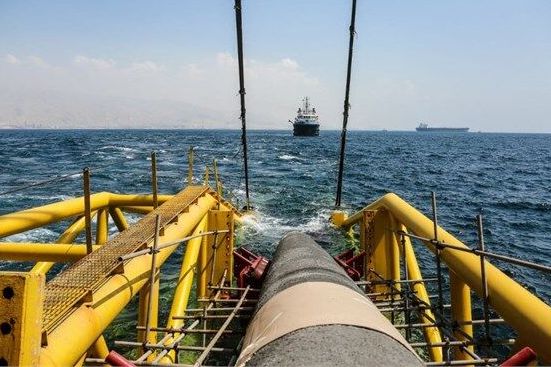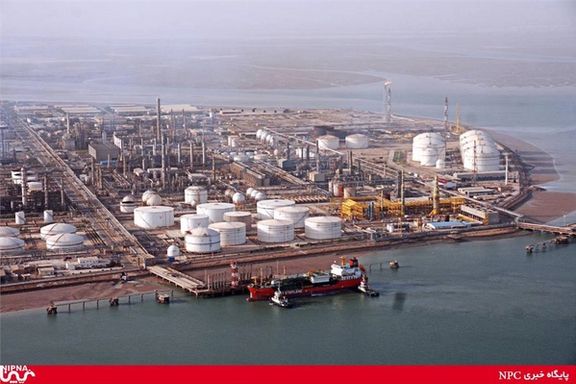Proposed Iran-Oman Gas Pipeline Requires Lifting Of US Sanctions

Iran’s official news agency IRNA reported that during oil minister Javad Owji’s visit to Oman the two countries agreed to revive an offshore gas pipeline project.

Iran’s official news agency IRNA reported that during oil minister Javad Owji’s visit to Oman the two countries agreed to revive an offshore gas pipeline project.
Neither Oman’s oil ministry nor Omani media have confirmed this agreement after the Saturday meeting.
Iran and Oman signed a memorandum of understanding (MoU) in 2003 to construct a 200-km pipeline from Iran’s Kuh-e Mobarak to Oman’s Sohar port, estimated at the time to cost about $1.2 billion. Based on the deal, Iran was expected to start delivering 10 billion cubic meters per year (bcm/yr) to Oman in 2008 for 25 years. But the deal never materialized due to increasing tensions between Iran and the West, resulting in international sanctions imposed gradually around 2010 to restrict Tehran’s nuclear program.
Neither Iran nor Oman has the technology to lay a pipeline in the deep waters of the Sea of Oman that in some spots reach the depth of one kilometer. As long as American sanctions against Iran remain, no major global company will be willing to get involved in the pipeline project.
Iran has capacity only to construct offshore pipelines in less than 150-meter depth.

During the last two decades, Iran and Oman had tens of meetings to keep the deal alive, without any progress. Last time, several months before the US withdrawal from the nuclear deal with Iran (JCPOA) in May 2018, Iran and Oman had agreed to revive the project.
Why Oman needs Iranian gas?
During last decade, Oman’s annual gas production growth stood at 4.4% in average, but its annual demand grew by 6.3%. The country then began facing gas shortage for its LNG plants with 10.7 million tons (about 15 bcm/yr) capacity to liquefy the gas and export to the international markets.
According to British Petroleum’s statistics, Oman’s LNG exports broke a 14.8 bcm record in 2019 but declined to 14 bcm in 2020.
Iran plans to use the idle capacity of Oman’s LNG plants (2 bcm/yr in future) to liquefy its gas and export to international markets. The rest of Iranian gas is projected to be delivered to Oman for domestic use.
BP has been developing Oman’s Khazzan gas field to boost its production capacity and Oman’s LNG plants’ capacity is also expected to increase to around 16 bcm/yr in 2022.
But, Oman’s gas reserves are only 700 bcm and regarding its 50 bcm/yr domestic annual demand (including 13 bcm/yr gas injection to oil fields to enhance their productivity) as well as 16 bcm/yr LNG plant capacity, it needs to import gas in the long term.
Iran with 33 trillion cubic meters of gas reserves ranks second globally after Russia, but it faces a huge amount of gas shortage in winters, when domestic demand soars to peak level. Iran is deprived of foreign expertise and an estimated $40 billion investment needed to boost its gas output.
On the other hand, Iran’s gas demand increased by 6 bcm to 238 bcm last year. Its annual gas demand growth was 5.2% in average during last decade, while its gas production growth is very low due to sanctions.
Mohsen Khojastepur, former general director of the Iranian national oil company said in November 2021 that if new investments are not made in the natural gas industry, the country will become a net importer in the next few years.